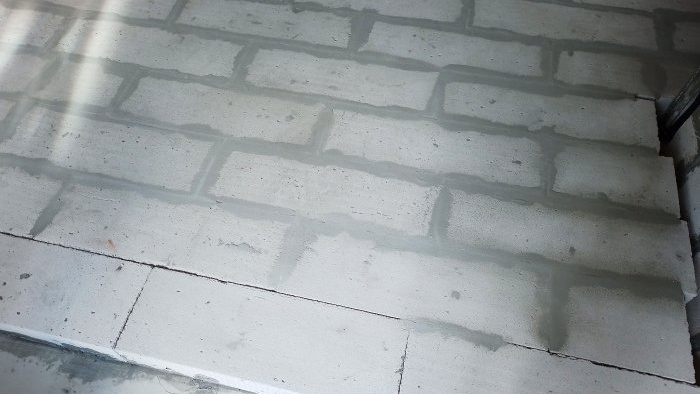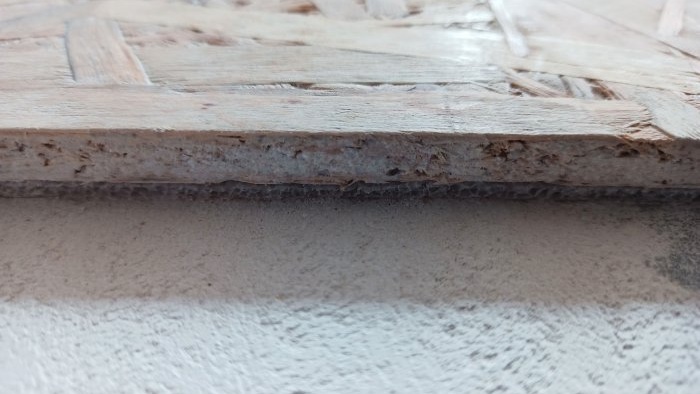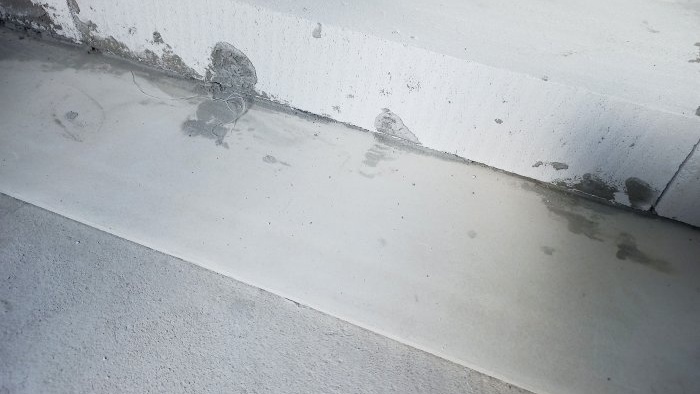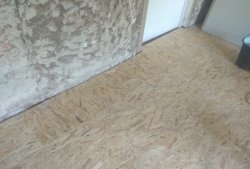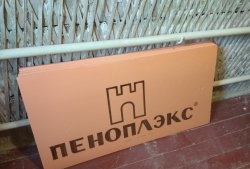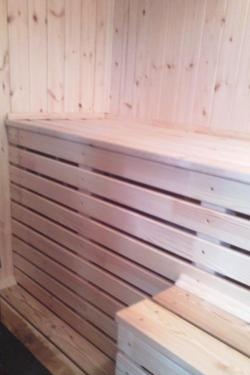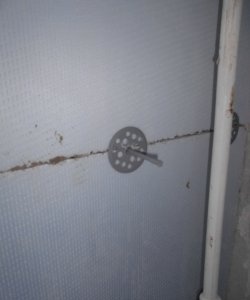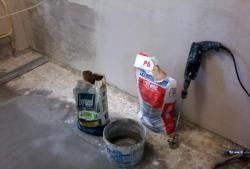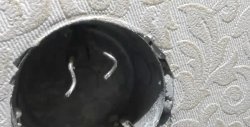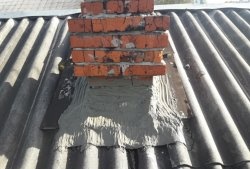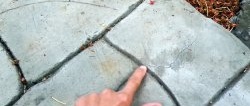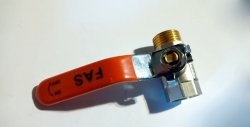Floor insulation is an important step towards the efficient use of energy resources, that is, saving on heating. And the more expensive heating is, the more acute the issue of insulation becomes. In this article we’ll talk a little about floor insulation with gas blocks - about the features of this method and its advantages.
Perhaps the first thing that popped into your head after reading the title of the article was bewilderment. Indeed, gas block is usually used as a material for interior partitions or arches in interior doorways. We even got used to the fact that it can be used to build building boxes. However, floor insulation, although not very common, is still an effective enough technology to be adopted. Let's talk about it, while simultaneously considering its main advantages.
Benefits and Features
One of the advantages of aerated concrete is its thermal conductivity properties. According to some data, 10 cm of aerated block can replace 40 cm of wood.And, although its thickness is much greater than that of polystyrene foam, for supporters of exclusively environmentally friendly materials, gas blocks can be a good alternative.
Another advantage of gas-block insulation is its relative versatility, since it is well suited both for permanent coating over concrete and as a base for underfloor heating. The cost of insulation is approximately the same as that of polystyrene foam. But here it is worth mentioning an important condition - there must be good waterproofing under the concrete screed. This is due to the porosity of aerated concrete, which is a favorable factor for the capillary rise of moisture.
If during construction work it is planned to install a heated floor, but there is a high probability that the work will take a long time, the gas block has another undeniable advantage. After laying the aerated block, the glue dries quickly enough, so that after just a few days it can be safely loaded and used as a floor. This option will not work with polystyrene foam. If there are concerns that furniture can damage gas blocks, or you just don’t want to get your socks dirty on gas block chips, you can lay OSB boards on top, securing them with ordinary wood screws. Between aerated concrete and slabs, you can additionally lay a polyethylene foam seal for a tighter fit of the slabs.
This floor can also be used on a permanent basis (and this, as practice shows, is also a good option). But in this case, it is advisable to lay linoleum on top of the OSB boards or cover them with fiberboard panels and paint them. But this is more of an aesthetic side.
If gas blocks are chosen as the base for the heated floor, there is no need to additionally lay polystyrene foam.Further installation of the floor is carried out using the same technology - reflector, mesh, tubes and so on.
Laying aerated concrete blocks
The laying of the aerated block itself is carried out in the form of a brick wall, except that the wall is horizontal, and glue is used to fasten not only the aerated blocks to each other, but also the aerated blocks with a concrete screed. And the smoother the concrete screed, the faster the laying of aerated blocks will be carried out. Essentially, this is the same as gluing tiles, only gas blocks are used as tiles. From personal observations I can say that a person without experience, having theoretical information, can cover a flat floor with an area of 5-6 squares in a few hours of work.
If the concrete screed was not poured evenly enough initially, the gas blocks will have to be leveled horizontally, which greatly slows down the work. But what’s even worse is that the bottom seam may end up being too big. In this case, if it is possible to raise the height of the floor a little more, drywall is first laid on the concrete screed using tile adhesive, and gas blocks are glued on top of it.
The thickness of each horizontal seam is about 3 mm.
After the blocks are set with glue and the seams have dried a little, the space between the gas blocks and the walls is filled with polyurethane foam.
Taking into account the fact that OSB boards are laid on top of the gas block or a warm floor is installed, and a plinth is glued around the perimeter of the room, there will be no load on the foam.
As a conclusion, I would like to say that aerated block is a very versatile material if used with the right technology. In some cases, this may not only be a more profitable option compared to those to which we are already accustomed, but also more practical.
